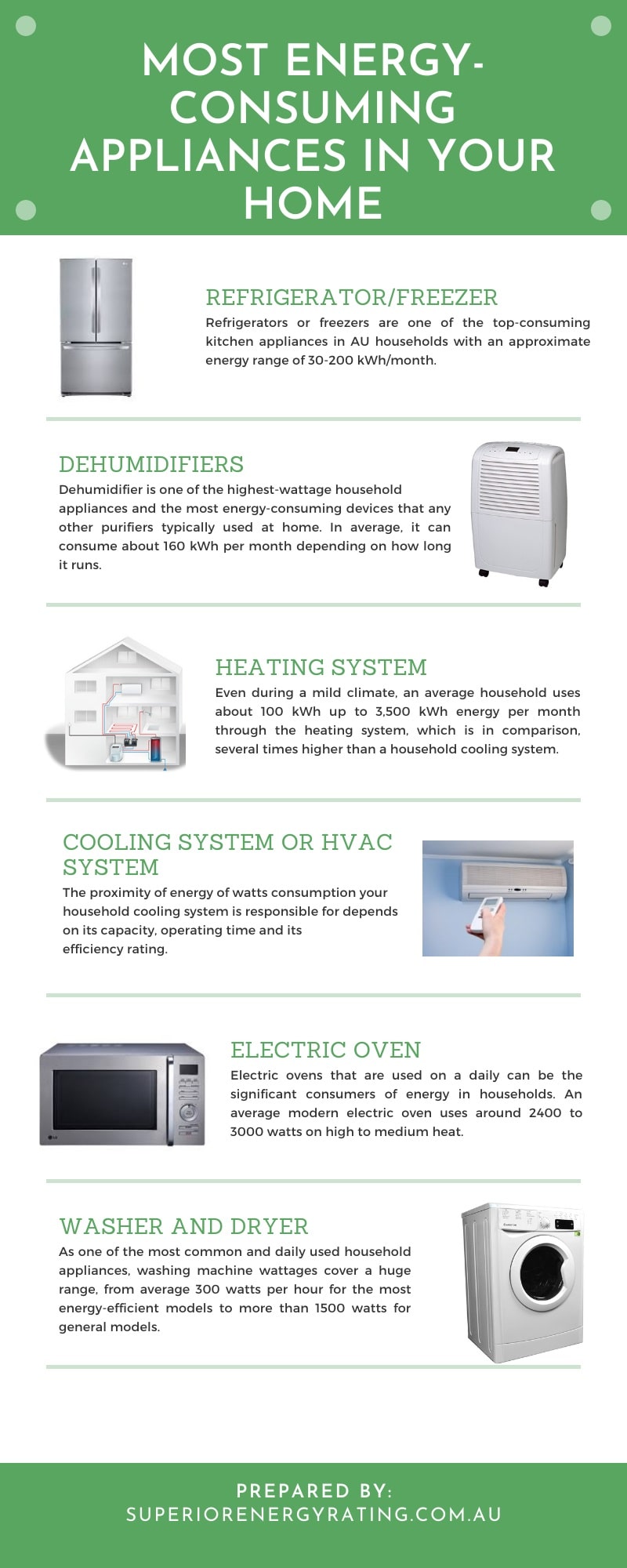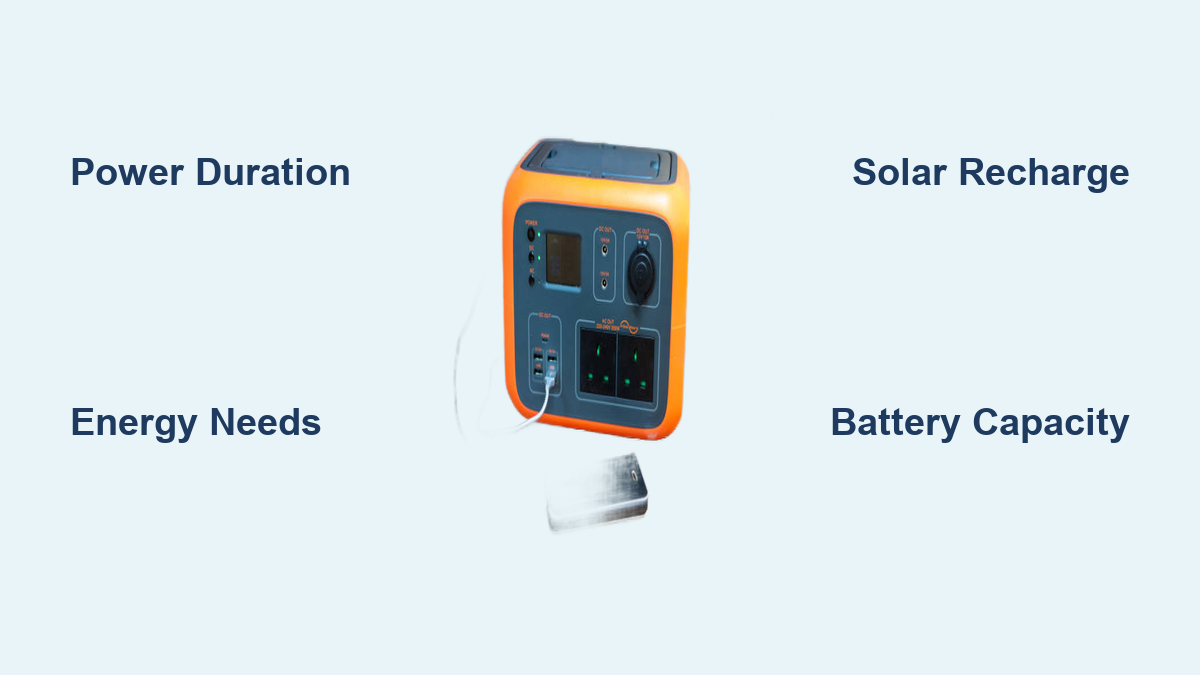Running out of power during an outage is a stressful experience. You’re likely wondering if a solar generator could keep your essential appliances running, but how long can one actually power a house? The short answer is: it depends. This guide will break down the factors influencing runtime, help you calculate your power needs, and explore realistic scenarios for keeping your home powered with a solar generator.
Solar generators offer a clean and quiet alternative to traditional gas generators, but understanding their limitations is crucial. This comprehensive guide will cover everything from calculating your energy consumption to choosing the right size solar generator and maximizing its runtime. By the end, you’ll have a clear picture of whether a solar generator is the right solution for your needs and how to make the most of it.
Understanding Solar Generator Capacity and Your Energy Needs
Before diving into runtimes, it’s vital to understand the key components and terminology:
- Wattage (W): The rate of energy consumption of an appliance.
- Watt-hours (Wh): A measure of energy used over time (Wattage x Time = Watt-hours). This is how solar generator capacity is measured.
- Capacity (Wh): The total amount of energy a solar generator can store. A higher capacity means longer runtimes.
- Output Wattage: The maximum wattage the generator can continuously supply. Some generators have a surge wattage for short bursts (e.g., starting a refrigerator).
- Solar Input: The maximum wattage of solar panels the generator can accept for recharging.
Calculating Your Home’s Energy Consumption
The first step is determining how much power your home typically uses.
- List Essential Appliances: Identify the appliances you need to power during an outage (refrigerator, lights, medical devices, communication devices, etc.).
- Find Wattage: Locate the wattage listed on each appliance (usually on a label).
- Estimate Usage Time: How many hours per day will each appliance be used?
- Calculate Daily Watt-hour Consumption: Multiply wattage by usage hours for each appliance.
- Total Daily Watt-hour Consumption: Add up the watt-hour consumption of all essential appliances.
Example:
| Appliance | Wattage | Usage (Hours) | Daily Wh Consumption |
|---|---|---|---|
| Refrigerator | 150W | 8 | 1200 Wh |
| Lights (LED) | 20W | 4 | 80 Wh |
| Phone Charger | 10W | 2 | 20 Wh |
| Medical Device | 50W | 6 | 300 Wh |
| Total | 1600 Wh |
Factors Affecting Solar Generator Runtime
Several factors influence how long a solar generator can power your house:
Solar Generator Capacity (H3)
The larger the capacity (measured in Watt-hours), the longer it will run. Common sizes range from 200Wh (for small devices) to over 2000Wh (for more substantial power needs).
Appliance Wattage & Usage (H3)
Higher wattage appliances drain the generator faster. Reducing energy consumption by using energy-efficient appliances and limiting usage significantly extends runtime.
Solar Recharge Rate (H3)
The amount of sunlight available and the wattage of your solar panels determine how quickly the generator recharges. Cloudy days will drastically reduce recharge rates.
Generator Efficiency (H3)
Some generators are more efficient than others, meaning they lose less energy during the charging and discharging process.
Battery Type (H3)
Lithium-ion batteries are common in solar generators due to their high energy density and longer lifespan compared to lead-acid batteries.
Estimating Runtime Scenarios

Let’s look at some realistic runtime scenarios based on different solar generator capacities and energy consumption levels:
Scenario 1: Minimal Usage (1600 Wh daily consumption)
- Solar Generator: 500Wh Capacity
- Runtime: Approximately 3-4 hours. This is only enough for essential devices for a very limited time.
- Recharge: Requires significant sunlight to recharge fully.
Scenario 2: Moderate Usage (1600 Wh daily consumption)
- Solar Generator: 1000Wh Capacity
- Runtime: Approximately 6-8 hours. Better for short outages, but still requires recharging.
- Recharge: Requires 6-8 hours of good sunlight.
Scenario 3: Substantial Usage (1600 Wh daily consumption)
- Solar Generator: 2000Wh Capacity
- Runtime: Approximately 12-14 hours. Can potentially power essentials through a full day/night cycle, depending on sunlight.
- Recharge: Requires 12-14 hours of strong sunlight.
Maximizing Solar Generator Runtime

Here are several strategies to extend your solar generator’s runtime:
Prioritize Essential Appliances (H3)
Focus on powering only the most critical devices. Turn off non-essential lights and appliances.
Use Energy-Efficient Appliances (H3)
LED lighting, energy-star-rated refrigerators, and efficient electronics consume significantly less power.
Reduce Appliance Usage (H3)
Minimize refrigerator door openings, limit phone/laptop charging, and use appliances during peak sunlight hours.
Optimize Solar Panel Placement (H3)
Ensure your solar panels are positioned to receive maximum sunlight throughout the day. Adjust the angle seasonally.
Turn Off Unused Outlets (H3)
Even when devices are off, they can draw phantom power from outlets.
Pro Tips for Solar Generator Use
- Invest in High-Quality Solar Panels: Higher wattage panels will recharge your generator faster.
- Consider a Generator with MPPT Controller: MPPT (Maximum Power Point Tracking) controllers optimize solar panel output for faster charging.
- Monitor Battery Health: Regularly check the generator’s battery health and follow manufacturer recommendations for maintenance.
- Practice Power Management: Get familiar with your generator’s features and learn how to adjust settings to optimize performance.
- Plan for Extended Outages: If you live in an area prone to long-term outages, consider a larger generator or a combination of solar and other backup power sources.
When to Call a Professional
- Complex Electrical Issues: If you’re unsure about wiring or connecting the generator to your home’s electrical system, consult a qualified electrician.
- Generator Malfunction: If the generator is not charging, discharging improperly, or exhibiting other unusual behavior, contact the manufacturer or a repair technician.
- Significant Power Needs: If your energy consumption is very high, a professional can help you assess your needs and design a customized backup power solution.
FAQ
Q: Can a solar generator power my entire house?
A: It’s unlikely a single solar generator can power an entire house, especially with high-demand appliances like air conditioners or electric heaters. However, you can power essential circuits with a properly sized generator.
Q: How long does it take to recharge a solar generator?
A: Recharge time depends on the generator’s capacity, the wattage of your solar panels, and the amount of sunlight available. It can range from a few hours to a full day.
Q: What size solar generator do I need?
A: Calculate your daily energy consumption (as described above) and choose a generator with a capacity that meets or exceeds your needs.
Q: Can I connect a solar generator to my home’s electrical panel?
A: Yes, but this requires professional installation by a qualified electrician and may require a transfer switch.
Q: Are solar generators noisy?
A: Solar generators are generally very quiet compared to traditional gas generators.
Enjoy Reliable Backup Power
By understanding your energy needs, choosing the right solar generator, and implementing smart power management strategies, you can enjoy reliable backup power during outages. Remember to prioritize essential appliances, optimize solar charging, and regularly maintain your generator for long-lasting performance.
Have you successfully used a solar generator to power your home? Share your experience and tips in the comments below!

